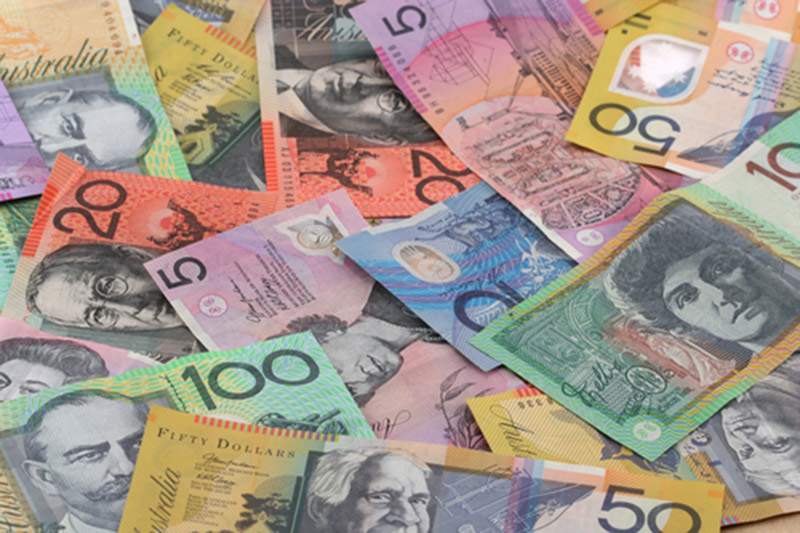Investing.com - The Australian dollar fell to a three-week low against its U.S. counterpart on Friday, after a robust U.S. jobs report for January reinforced expectations for a mid-year rate hike by the Federal Reserve.
AUD/USD hit 0.7706 on Friday, the pair's lowest since February 12, before subsequently consolidating at 0.7722 by close of trade on Friday, down 0.77% for the day and 1.2% lower for the week.
The Labor Department reported that the U.S. economy added 295,000 jobs in February, far more than the 240,000 forecast by economists, while the unemployment rate ticked down to 5.5% from 5.7% in January, the lowest since May 2008.
The robust jobs report fuelled expectations that the Federal Reserve will start raising interest rates as early as June, boosting the greenback.
The dollar index, which measures the greenback’s strength against a trade-weighted basket of six major currencies, jumped 1.39% to 97.74 late Friday, the highest since September 2003.
Meanwhile, the Reserve Bank of Australia left interest rates unchanged at a record-low of 2.25% earlier in the week.
Commenting on the decision, RBA Governor Glenn Stevens said on Tuesday that "further easing of policy may be appropriate over the period ahead, in order to foster sustainable growth in demand and inflation consistent with the target."
The decision came before data on Wednesday showed that Australia's economy grew 0.5% in the fourth quarter, taking the annual pace to 2.5%, broadly in line with market expectations.
Elsewhere, the euro was weaker against the Aussie after European Central Bank President Mario Draghi confirmed that it will begin purchasing euro zone government bonds on Monday under its new quantitative easing program.
The combined monthly asset purchases will amount to €60 billion per month and are expected to run until September 2016.
In the week ahead, markets will be watching talks on Greece by euro zone finance ministers in Brussels on Monday, while Thursday’s U.S. retail sales report will also be closely watched for further indications on the strength of the recovery.
Chinese government data on consumer price inflation and industrial production will also be closely-watched.
On Sunday, China reported a trade surplus of $60.6 billion in the January-February period, compared to expectations for a surplus of $10.8 billion and up from a surplus of $60.0 in January.
Exports surged 48.3% from a year earlier last month, above expectations for a 14.2% increase, while imports tumbled 20.5%, much worse than forecasts for a decline of 10.0%.
The Asian nation is Australia's largest trade partner.
Ahead of the coming week, Investing.com has compiled a list of significant events likely to affect the markets.
Monday, March 9
Eurogroup finance ministers are to hold a meeting in Brussels to discuss funding options for Greece.
Tuesday, March 10
Australia is to publish private sector data on business confidence.
China is to release reports on consumer and producer price inflation.
Wednesday, March 11
Australia is to release private sector data on consumer sentiment, as well as official data on home loans.
China is to publish reports on industrial production and fixed asset investment.
Thursday, March 12
Australia is to release data on the change in the number of people employed and the unemployment rate.
The U.S. is to produce data on retail sales and initial jobless claims.
Friday, March 13
The U.S. is to round up the week with data on producer prices and consumer sentiment.
